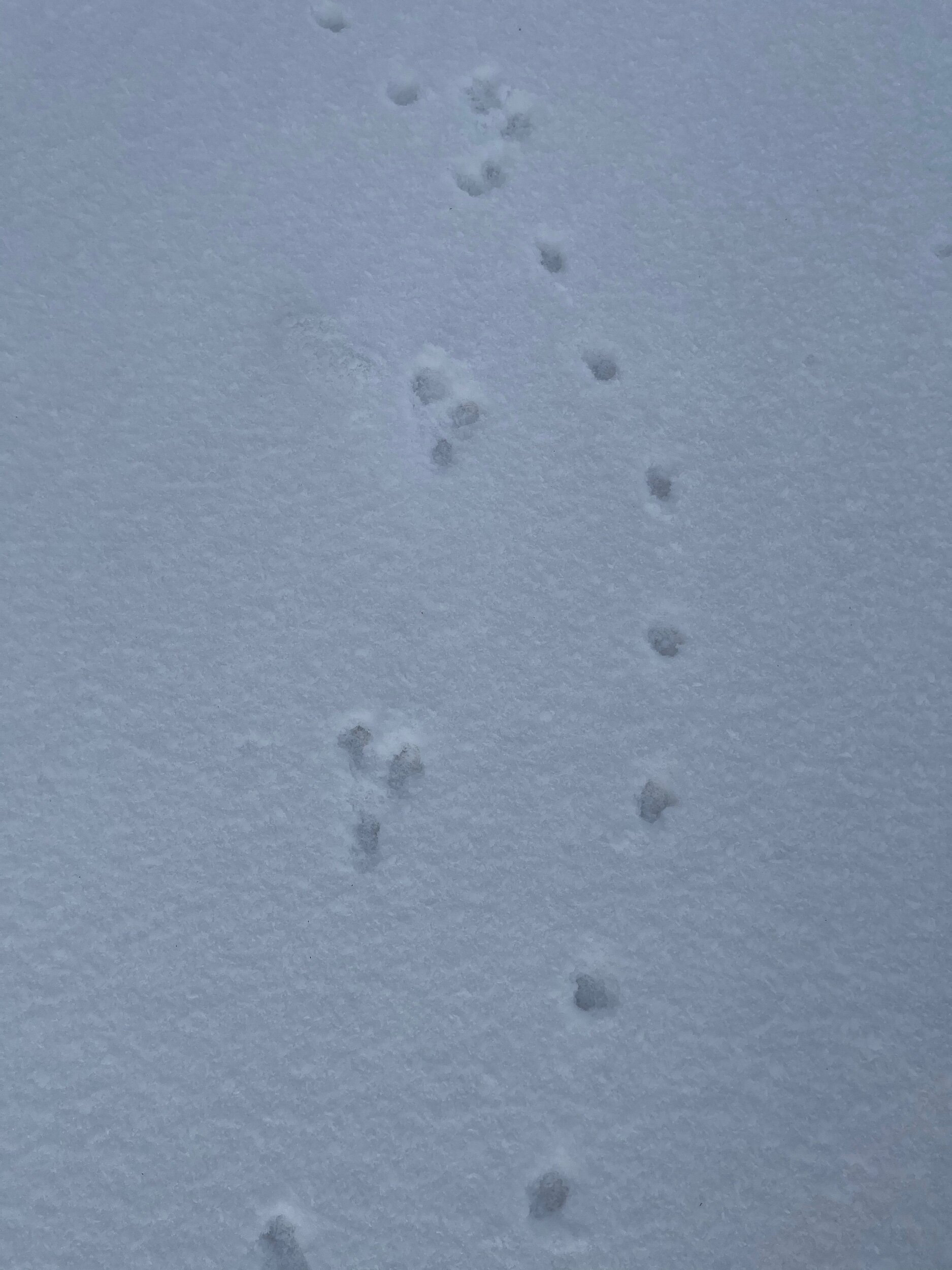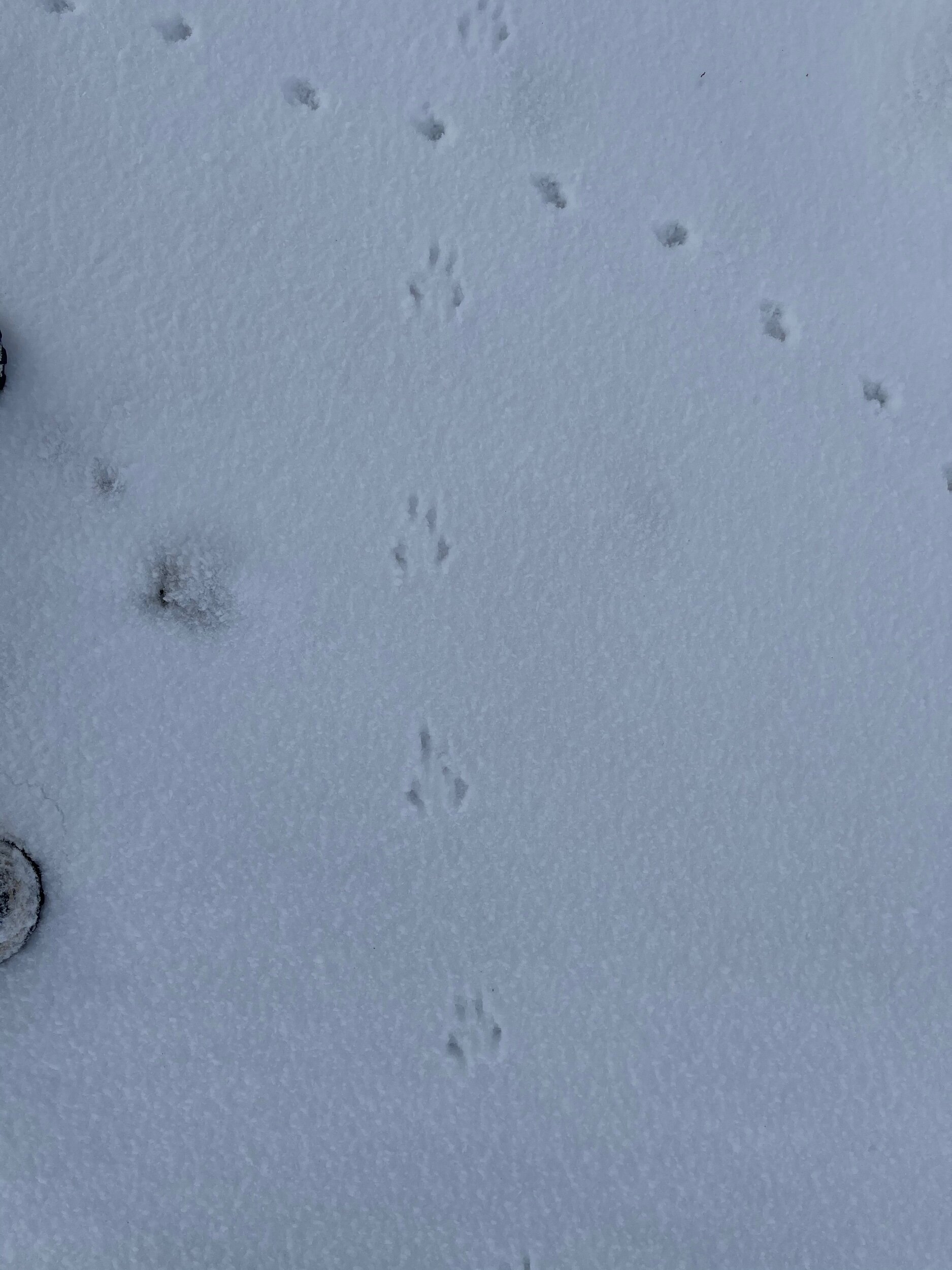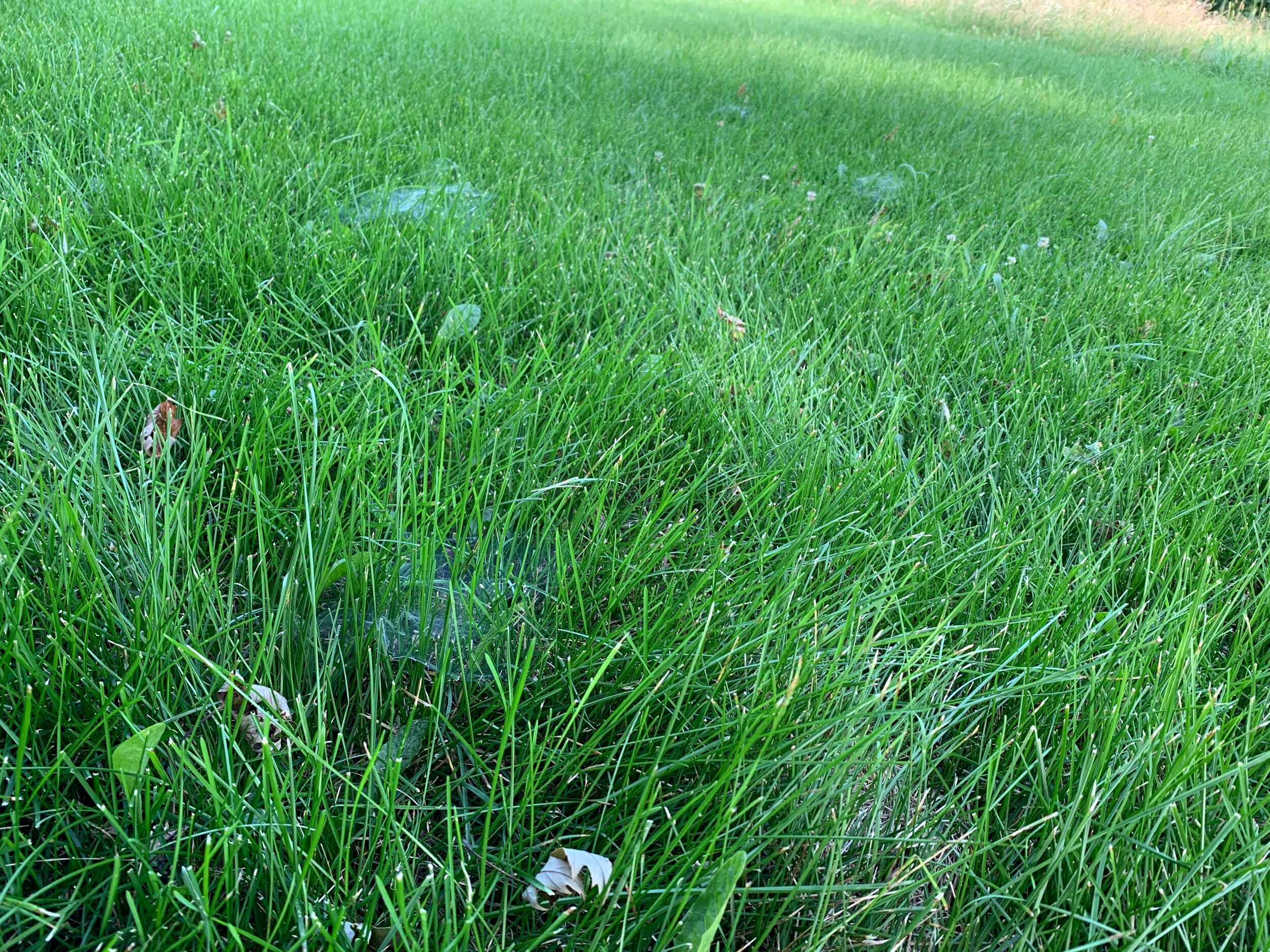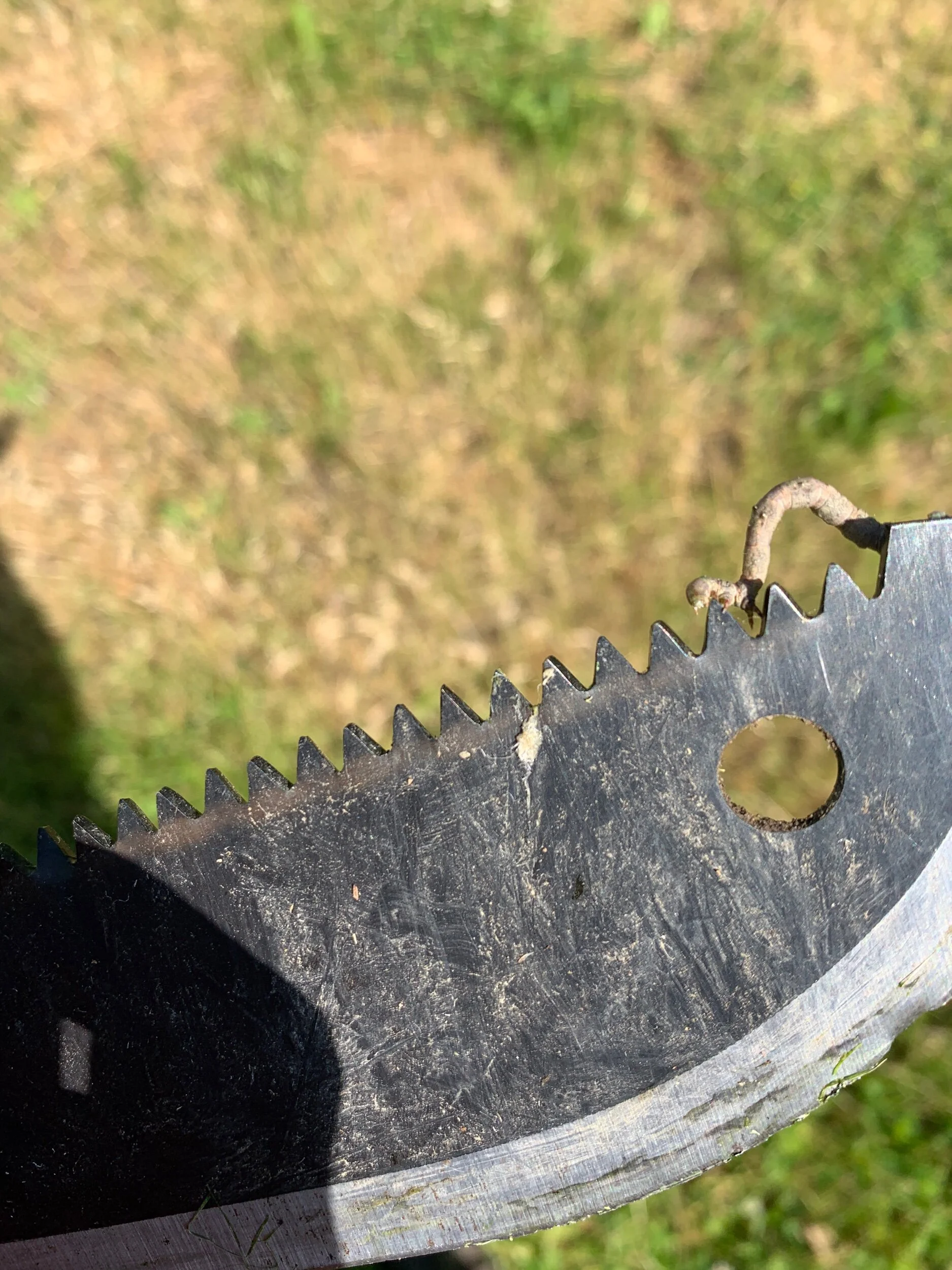A Little Winter Color
To the south side of the house we have a large evergreen tree. It sits just outside my home office windows, as well as just to the left of the large picture window in our dining room. This has been a delightful source of entertainment over the years that we have been there, because it is a year-round favorite of our feathered friends.
Usually, in the winter this is a contingent of LBBs, but this season I realized that we had an additional, somewhat less usual set of tenants occupying our natural avian apartment building.
It’s not unusual to see cardinals out here - they stay in Illinois year round, and I see them both in the yard from time to time, as well as when I am out cycling in the snow. So catching the flash of red the first time or two was not a surprise. But when it kept happening I suspected that this fine gentleman had taken up residence.
And when I saw the lady of the house I was more certain.
She was a little harder to catch under the tree than he was. I’d see her there from time to time, but she was usually in a position that made a pic difficult to take, and/or she would relocate before I could get into position to capture her image.
And then a couple of weeks ago she apparently warmed up to me enough to spend a little time outside the office window:
And that pretty much cements it in my mind - they really do appear to have taken up residence. And so far they seem to be good tenants - they keep their area clean, don’t play loud music late at night...
But I am concerned that she might be hanging out with some rifraf...
When this picture was taken we were absolutely not seeing signs of spring. About a week before Punxsutawney Phil had run from his shadow, and of course we all know just how reliable the weather predictions of sizable rodents are.
...which is to say, probably about as good as those of any other weatherman...
But the point is that the robin just isn’t supposed to be here yet, right? He’s the metaphorical sign of spring - a season that was a month and a half away in a technical sense, and at least a few weeks away in a felt sense.
So I was concerned that this robin was a bad-boy, here to be a corrupting influence on our otherwise incorruptible lady. It might as well be wearing a leather jacket and engineer boots.
Apparently my perception of the behavior of robins is a bit off the mark. It turns out they do hang out in winter weather, and alter their diet to match what is available in winter weather. This article on the Cool Green Science website covers all of that and more about these red-breasted folk, and it’s a good read.
So - I guess it can stay, as long as it doesn’t cause any trouble...































































































